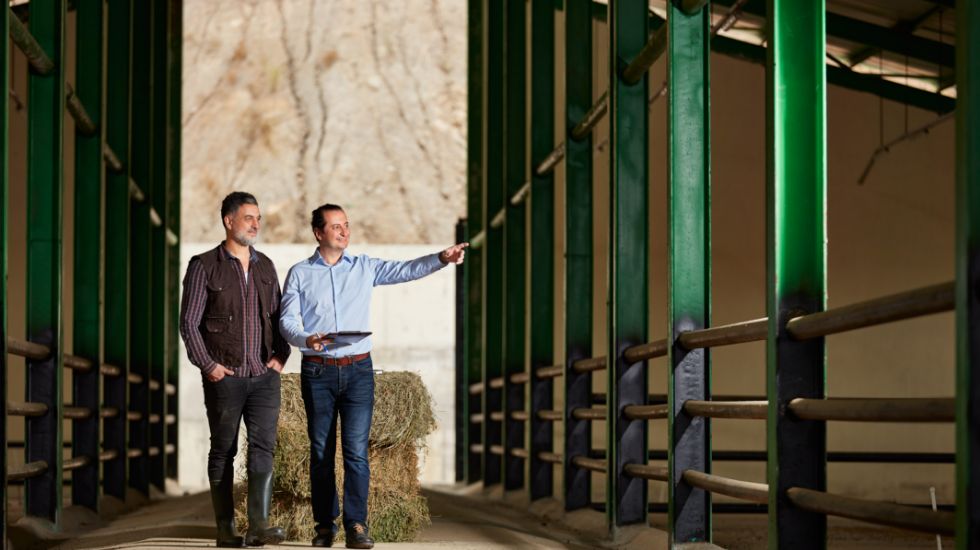The client (P) died owning a farm on which a mixture of business activities were being carried out. The farm consisted of the farmland which was being used for agricultural purposes, the farmhouse from which the farm was run, and also various barns and outbuildings which were also used in the running of the farm. The wider assets also included five commercial and two residential units also located at the farm, all of which were rented out to third parties, and which were therefore not used for agricultural purposes at all.
Where there is a mixture of agricultural and non-agricultural activities being carried out at a farm as in this case, there is a question mark as to the availability of inheritance tax reliefs for the overall farming business. We applied for and obtained Agricultural Relief (AR) for the farmland, the farmhouse and also the various outbuildings because they were all clearly used for agricultural purposes and, in the case of the farmhouse, was character appropriate for the farm as well. The key question was whether some kind of tax relief would be available on the commercial and residential units which were not used for agricultural purposes.
As a rule of thumb, the letting of properties is normally treated as an investment activity and not as a business activity and would not benefit from Inheritance Tax (IHT) Reliefs as a result. However, in this case, we were able to argue that the property lettings were not a standalone business but were instead a smaller part of the wider farming business. It was clear that the majority of the income generated by the farm came from the agricultural activities and that the majority of the farm value was derived from the agricultural assets too. The overwhelming majority of the time spent dealing with the business was again spent in relation to the farming of the land. It was therefore clear that the dominant purpose of the overall business was agriculture and not investment.
When the farm was sold from the estate, all of the let units were sold with it and we were therefore able to demonstrate to HMRC that the deceased’s family and the buyer considered the let units to be part of the wider business in which case it would be appropriate to treat them as business assets in their own right. Ultimately, HMRC agreed with the result that we were not only able to claim AR on the land and farm buildings but also Business Relief (BR) on the value of the let units as well. As a direct result, the IHT payable from the estate was significantly lower than might otherwise have been the case.
The above case study demonstrates that having a mixture of agricultural and non-agricultural assets does not necessarily need to cause a problem when IHT is concerned though each case will of course turn on its own merits.












